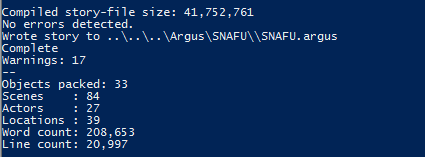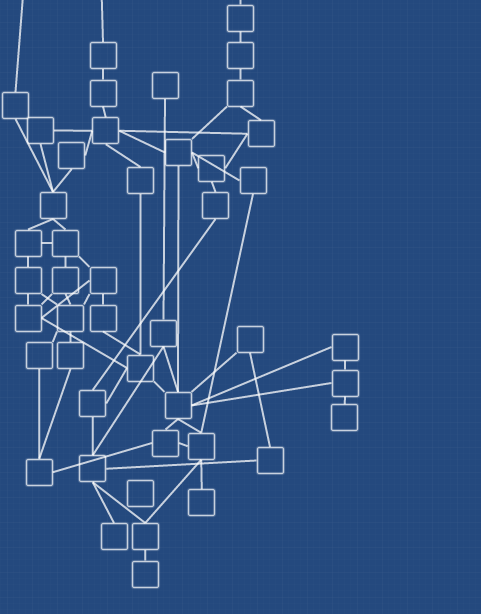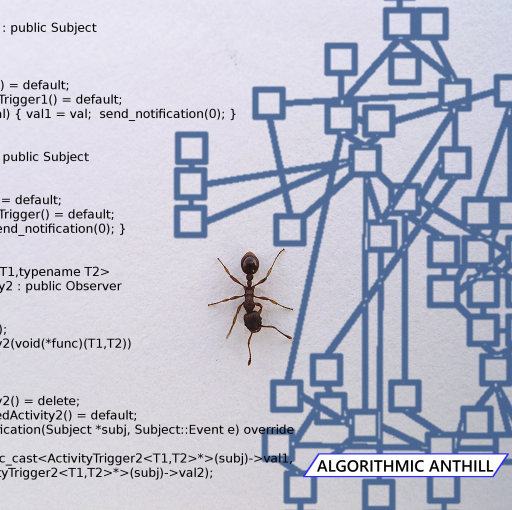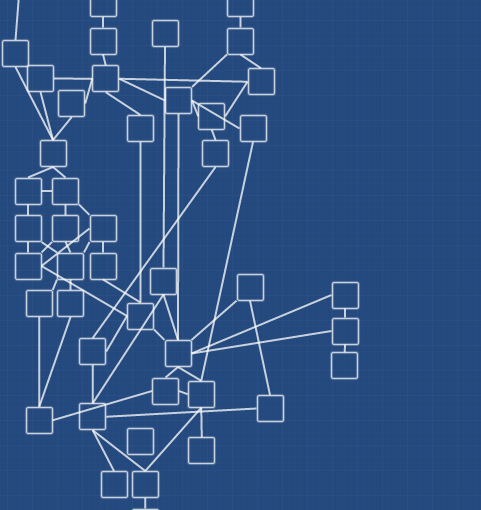You are responsible for their every thought, their every word, their every gesture. Not a one of them bears so much as a single punctuation mark that you didn’t put there.
But you hear writers say, “My characters surprised me.” It happens. It’s happened to me.
First, a little context.
I’m writing a multi-perspective branching novel, where the all of the main characters are simultaneously experiencing the narrative and making their own choices about it. You, the player, pick a character at the beginning, and ride along with them, making their choices, and following the narrative where it goes.
As seems to be usual for a writer, I selected my stable of characters, and invented as much information as I needed for them to fulfil their roles in my story. Gender, age, profession, prior knowledge of other characters, and so on. With a variable narrative you have key points where you know things need to be – or maybe points where you know they might get to. You fashion your characters to take your narrative to those milestones.
Fit-for-purpose characters, with the traits you designed, ready to line up on stage and perform whatever lines you hand to them.
But the tale grows, as they say, in the telling.
Each character’s narrative in this story is a complete thing. They speak and do, but they also think, consider and feel, all of which rolls out in a first-person narrative. Normally all that extra guff is reserved for the protagonist of a story, but I have a dozen protagonists right now. The narrative is complete, no matter who’s eyes you’re looking through.
That means you hold the characters apart, in your head. Apart from yourself and apart from each-other. You visualise each one as a living being and you think, what is going through his head right now? What is she feeling? And why?
And as the words scurry out into the keyboard from the fingertips, they surprise you.
This character has suffered at the hands of a sexist institution. That character is hiding his past. He prefers beers. She likes a certain kind of pastries. He is shy. She suffers from post-traumatic-stress disorder. He was (unexpectedly) married.
Temporarily, each of these characters gets to use your brain and your knowledge of the setting as you put yourself in their shoes. They suddenly know things about people or places or events that you did not know until they did. Having found it, it becomes a fact. And it snowballs. They make your world and themselves more solid, and the more solid it all is, the more interesting they become.
And things you planned ahead for? Well, maybe some of those have to be discarded, but what you get in exchange is just so much better.
Have you played D&D? Been the Game-Master, switching between a dozen NPCs, while you interact with your players from behind all those faces and personalities? Ever had your prepared material go out the window because of those interactions? It’s like that.
Solid characters in solid situations will surprise you. Thin characters will make themselves more solid (because underneath all your meticulous, or not-so-meticulous, planning that’s where your head is taking them).
But it’s your own head, isn’t it?
Well, yes and no. What did I see the other day? Oh, yes, this:

The king does the writing. You just whisper in his ear.






